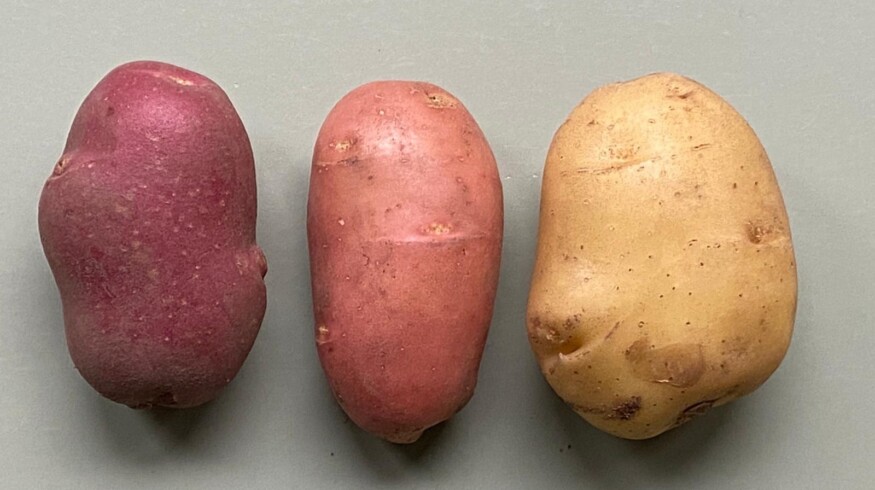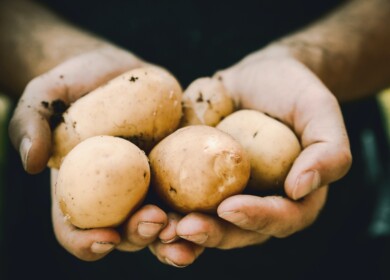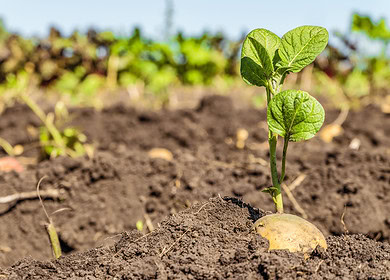Dutch Board grants rights to first skin-grafted potato

The Board for Plant Varieties in the Netherlands has granted plant breeders’ rights to a new potato variety developed using KeyGene’s 2S1 technology. The method enables the combination of desired skin traits from one variety with the inner cell layers of another, offering an alternative approach to conventional breeding techniques.
Experimental breeding technique
The new potato variety combines the skin of Pimpernel with the inner cell layers of Bintje. According to KeyGene, the variety maintains Bintje’s primary characteristics while incorporating Pimpernel’s skin-related traits, including drought tolerance and insect resistance. The stability of this combination has been observed across multiple generations of seed potato production.
Implications for agricultural development
Jeroen Stuurman, a scientist at KeyGene, described the development as an effort to advance breeding methods by leveraging naturally occurring grafting phenomena. While grafting techniques have been used for centuries, their application at a cellular level in crops such as potatoes is a relatively new concept.
KeyGene’s CEO, Roeland van Ham, noted that while the technique was developed for vegetatively propagated crops, it may also have applications in seed-propagated plants. The company suggests that the method could contribute to efforts in addressing challenges in sustainable food production.
Commercialization and regulatory considerations
The recognition of plant breeders’ rights signals that such varieties can enter commercial production. However, the broader implications remain uncertain, particularly concerning regulatory approvals in different markets and the acceptance of graft hybrids within the agricultural sector.
Some industry observers point to the potential efficiency gains in crop development, as the 2S1 technique could bypass traditional breeding cycles. Others caution that the long-term effects of such genetic modifications, particularly on large-scale agricultural systems, warrant further scrutiny.
Future outlook
The introduction of this new potato variety highlights the evolving landscape of plant breeding. As research into graft hybrid technology progresses, questions remain about its scalability, regulatory acceptance, and impact on global agriculture.
Enjoyed this story?
Every Monday, our subscribers get their hands on a digest of the most trending agriculture news. You can join them too!












Discussion0 comments